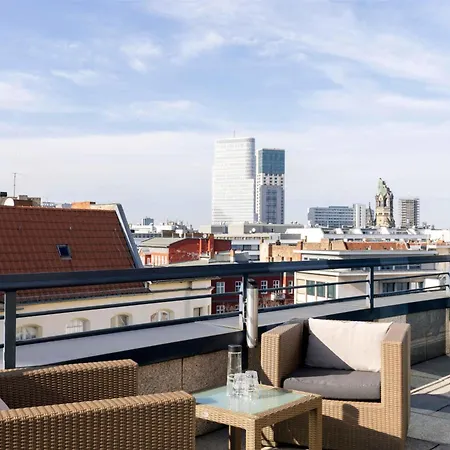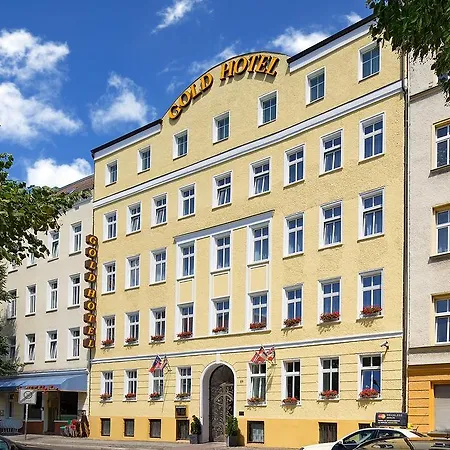Brandenburg Gate
Check Availability
Brandenburg Gate's Historical Significance
Built in 1791, the Brandenburg Gate was commissioned by Frederick William II of Prussia as a grand entry point to Berlin. This monument has become a symbol of Germany's tumultuous history, representing division during the Cold War and reunification.
Architect Carl Gotthard Langhans designed it after the Acropolis in Athens. The neoclassical structure features 12 Doric columns and is crowned by a quadriga, a chariot drawn by four horses.
Must-See Wonders
- 🌟 Triumphal Arch: This neoclassical masterpiece stands at Pariser Platz, leading to notable landmarks.
- 🌍 George Washington-influenced Style: A blend of Greek and Roman architectural features reflects classical influences.
- 📜 Symbol of Unity: It has witnessed pivotal moments in German history, solidifying its cultural significance.
The Brandenburg Gate is free to visit and is ideal for tourists, historians, and families seeking to explore German history.
Interesting Facts about Natural History Museum Brandenburg Gate
Site of Major Events
The Brandenburg Gate has been the backdrop for numerous historic events, including celebrations and protests.
Quadriga Symbolism
The quadriga on top represents peace and was originally a symbol of victory.
Cold War Significance
During the Cold War, it stood in no-man's land, underscoring the division of Berlin.
Location
Stay Near Brandenburg Gate Best Hotels
Address
View mapPariser Platz
Opening Hours
Friday:
Open 24 hours
Monday:
Open 24 hours
Saturday:
Open 24 hours
Sunday:
Open 24 hours
Thursday:
Open 24 hours
Tuesday:
Open 24 hours
Wednesday:
Open 24 hours
Contact Information
Price
Free. Some special events and guided tours may require a ticket.
Average Visit Duration
Duration: 1 hour.
Best Time to Visit
Weekday mornings (8:00 AM–10:00 AM) are ideal for fewer crowds.

















